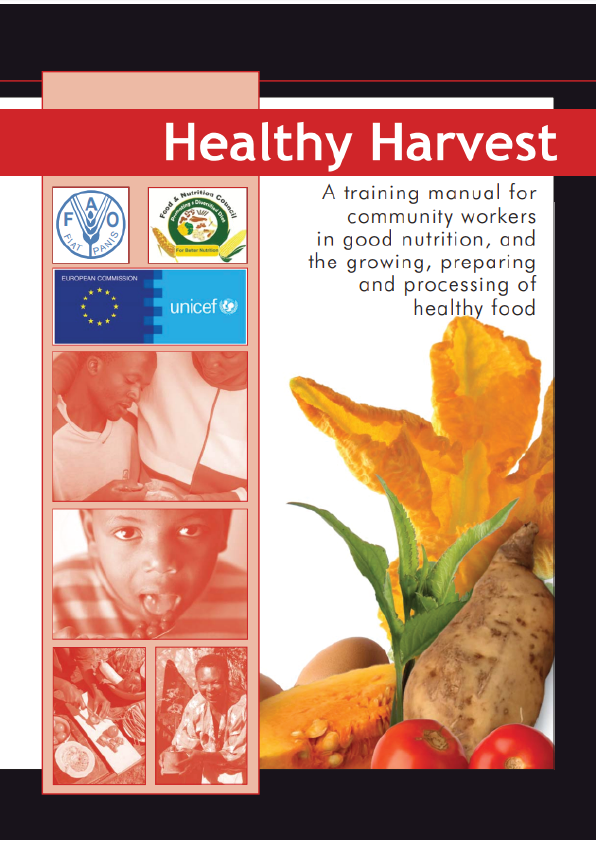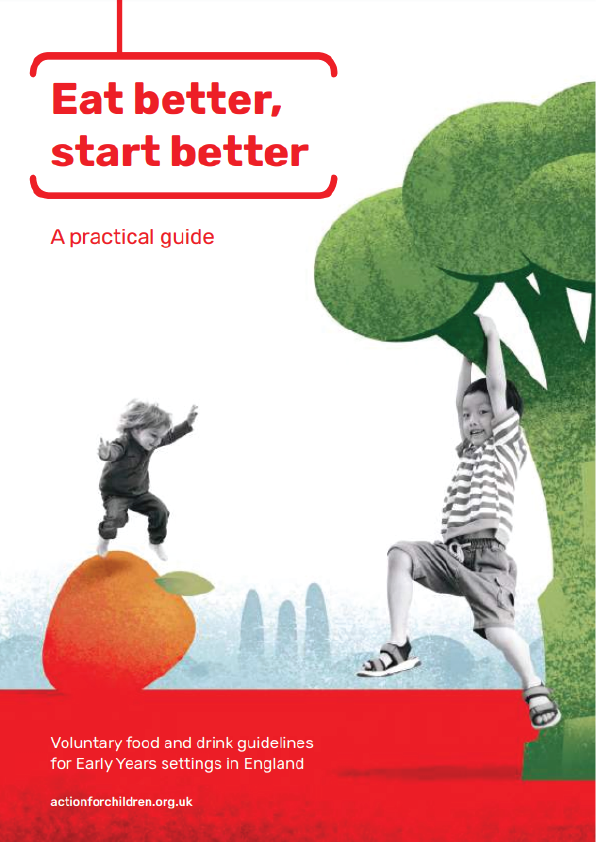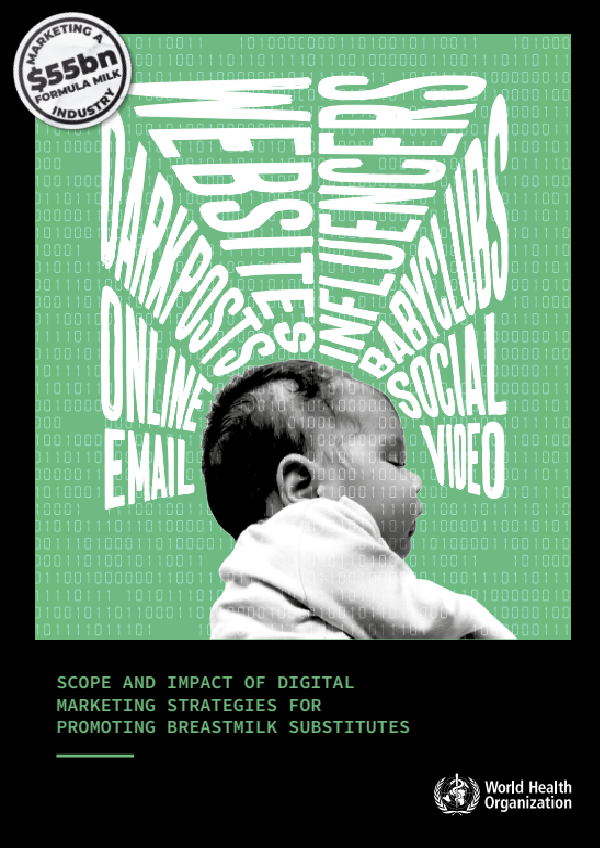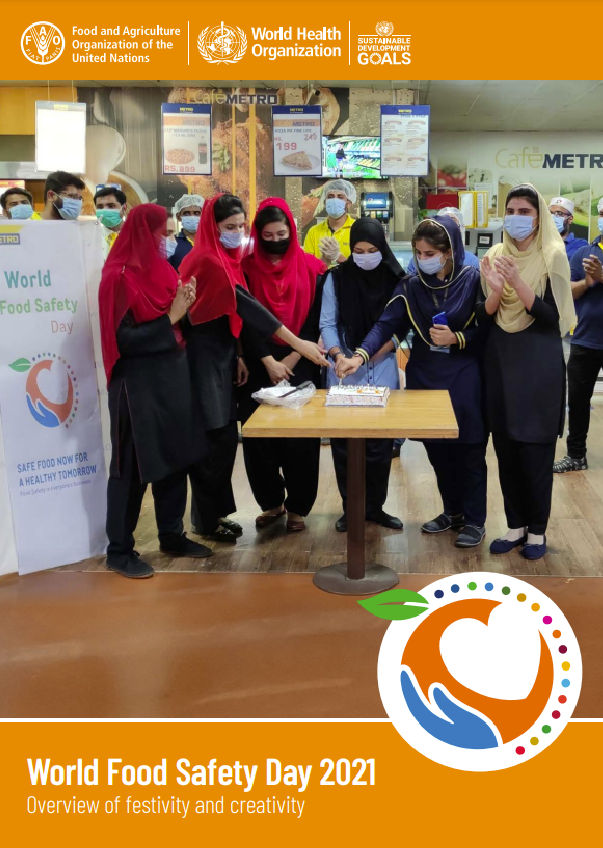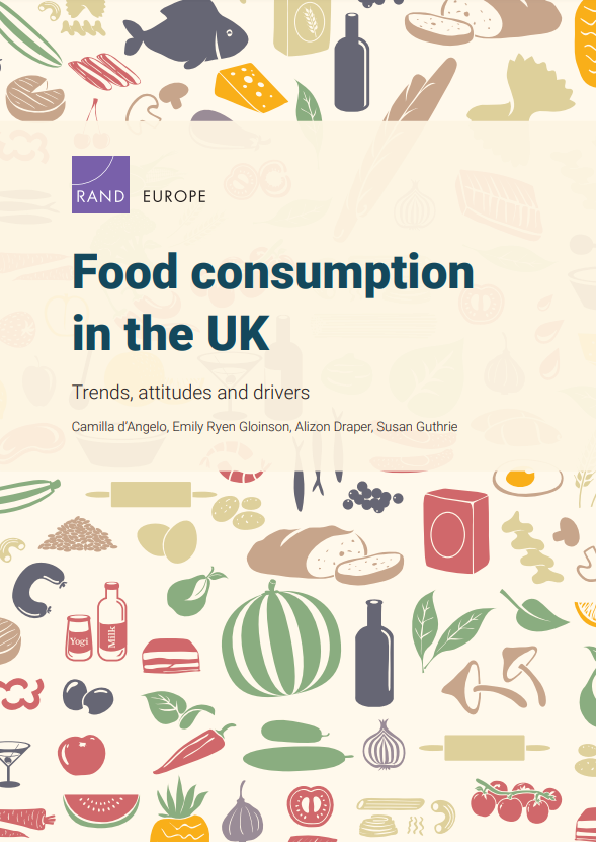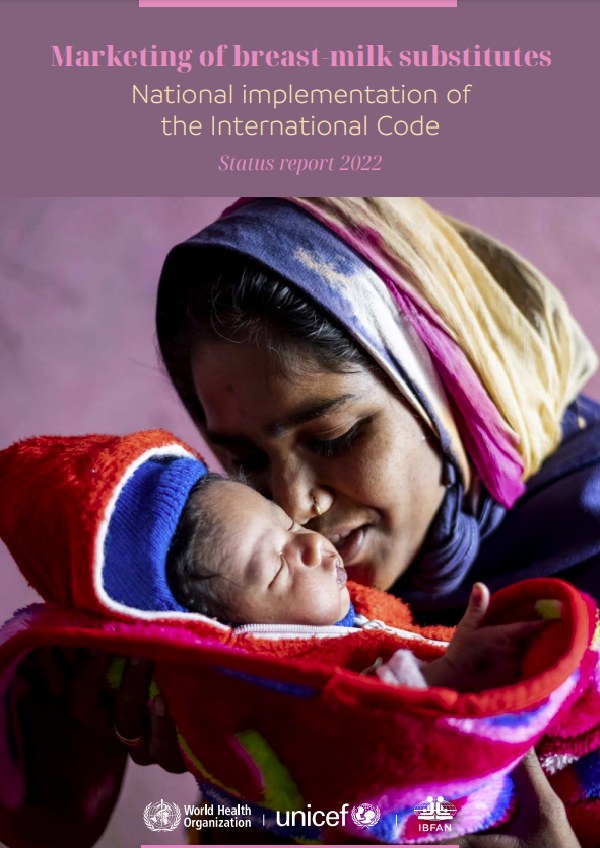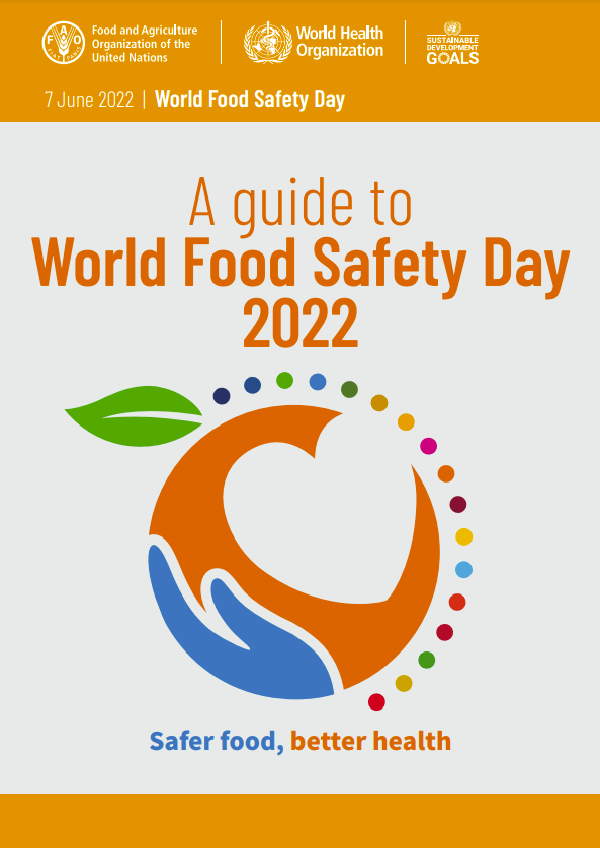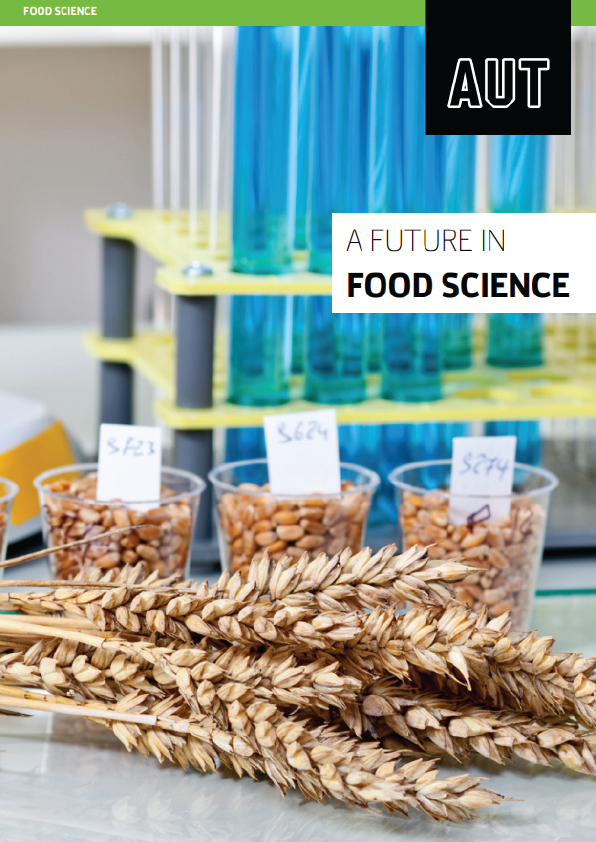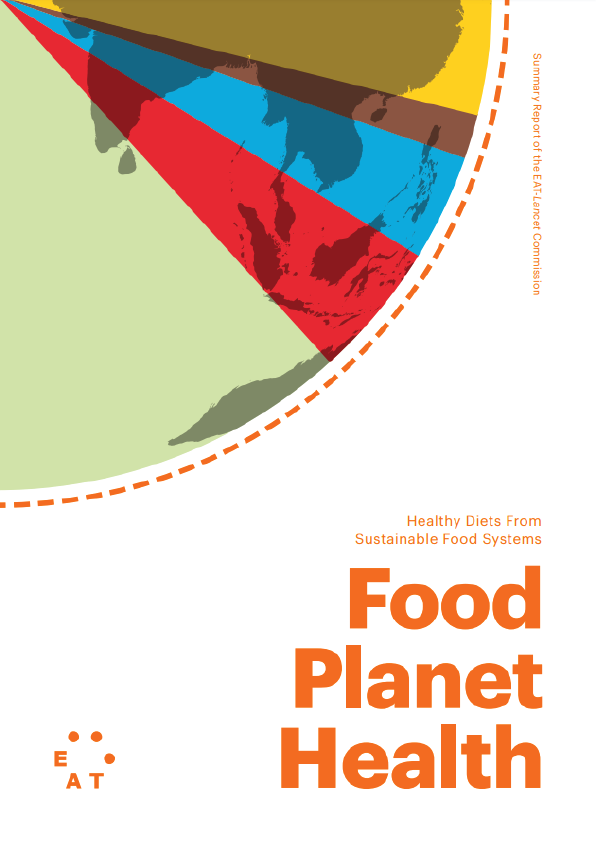About this book
Your harvest consists of the ripe crops and animal products that you collect from your garden and fields. A healthy garden should produce many different types of healthy crops which can be harvested all year round. The crops can be prepared to make nutritious dishes to keep your family strong and well. The extra produce can be processed and preserved so that it can be eaten at times of the year when fresh food is less easy to grow. It can also be sold to generate an income for the family.
This book is for anyone who wants to carry out simple training programmes, awareness raising or outreach activities on good nutrition, growing, preparing, eating and processing healthy food.
Information about nutrition can be used to grow crops that will help everyone to have a healthy, balanced diet and to save money by growing more food in the home. Once a productive garden has been set up, the extra crops can be sold to give the family an income. Knowing about nutrition can help families to get the most from the food that they harvest by preparing, preserving and processing food effectively.
This book will not make trainers or trainees into nutrition experts, but it does contain simple, clear information so you can help families and communities to eat better food. We focus mainly on food crop production, although integrating livestock is mentioned, where appropriate.
The book is divided into four modules. Each module is divided into training sessions. In each session we give trainers background information, the session’s aims and examples of activities that will make the training more interesting and useful for participants. We also give tips on the resources you will need to prepare for each activity and the approximate length of time that each will take. Use the modules, sessions and activities in the book to design your own training programme according to the needs of the community you are working with, the background of your participants and the resources and time you have available.
In the introduction we discuss how to make community-based training more useful and practical for participants. We also give tips on how to plan, organise and carry out training.
Module 1 describes the basic principles of nutrition: how our bodies use food, what kinds of food our bodies need to function properly and what happens when we don’t get enough of the right kinds of food. We suggest meals and menu plans for the family.
Module 2 explains how to set up nutrition gardens in households, schools and other places. We explain how to choose and grow nutritious crops and how to achieve a healthy, productive garden with minimum inputs.
Module 3 looks at special diets for women and children of different ages and people who are sick. We also talk about how to help them.
Module 4 describes ways of preparing healthy ingredients to get the most from our food. We explain how families can eat healthy meals that do not take too much time or money to prepare. We describe how to harvest, store, prepare, preserve and process food for a healthy diet using the garden all year round.
Introduction
Training in the community Training in the community can take many forms. It can consist of a short talk at a primary school, a cooking demonstration in someone’s garden, a garden tour at an irrigation project, a community awareness day at a rural clinic or a five-day training programme at a youth training centre. All these methods are useful to different people at different times.
The participants
Adapt your training session according to the group that you are working with. Here are some examples of different groups:
• garden clubs
• church groups
• schools–pupils, parents, school development council (SDC) members and staff
• contact farmers
• home-based care volunteers
• young people
• health workers
Gender sensitivity
Women play a vital role in food production and household nutrition, so they must be a focus of nutrition training programmes. Women and children are the most affected by malnutrition in every community but men must not be excluded. In many communities men are important in decision-making and if they are left out of awareness-raising campaigns and stakeholder meetings, the impact of training may be greatly reduced. Many men love cooking and make great cooks. Keep this in mind.
Children and schools
Schools can be an excellent venue for a nutrition garden campaign. The school garden can become a productive food source for pupils, especially in urban areas where household gardens are small or nonexistent. The nutrition garden can become a place where children can learn about the environment, nutrition and income generation. Teachers from different departments can work together to use the garden as an educational resource to teach agriculture, home economics, science, geography and even accounts and maths.
Schools provide an important link with the community. By involving the SDC, parents and other community members can be reached through community-awareness days, parents’ meetings and open days. Schools can become community demonstration centres and nurseries can be established where the seedlings of useful, nutritious crops (fruit, leaf, legume, root and field) can be grown and distributed. However, schools face special problems that need to be discussed at the start of the training programme.
- It has to be clear who owns the produce from the garden. A garden monitor must take a register of all those who work in the garden and someone must be in charge of sharing the produce fairly.
- A large sign should be erected outside the garden or painted on one of the boundary walls, explaining who the garden belongs to and the rules of the garden.
- The school groundsman must be involved in the nutrition training so that he appreciates the garden.
- A duty roster needs to be worked out for the garden. The garden must be looked after during the school holidays.
